Performance of Penman-Monteith FAO56 in Semiarid Highland Environment

Authors:
Reliable estimates of evapotranspiration are essential for irrigation and water resources planning and management. Although several methods are available for computing reference evapotranspiration (ETo)(ETo), the provision of complete and accurate climate data is often a problem. Therefore, weighing lysimeter data from a semiarid highland environment were used to evaluate the performance of six commonly used reference evapotranspiration estimation methods with different data requirements (Penman-Monteith-FAO56, Priestley-Taylor, Radiation-FAO24, Hargreaves, Blaney-Criddle, Class A pan). The lysimeter experiments were conducted at Ankara Research Institute of Rural Services in Turkey, during the April–October cropping seasons of the years 2000–2002. The average EToETo for the three seasons, computed from the lysimeter data, was 964 mm. The Penman-Monteith-FAO56 method was also evaluated for cases where relative humidity, wind speed, solar radiation, or all three parameters would be missing. This resulted in a total of 10 different methods. The RMS errors (RMSE) and index of agreement for the daily data and the monthly averages as well as the mean absolute error (MAE) for the seasonal totals were computed to compare these methods. The methods were ranked based on the sum of the ranks for all five evaluation criteria. The Penman-Montheith-FAO56 method with the full data set, with replacement of wind speed, and with replacement of relative humidity took the top three spots, with MAEs for the seasonal totals ranging between 40 and 70 mm. The Hargreaves method came in fourth (MAE 54 mm), followed by the Penman-Montheith-FAO56 method with replacement of all three parameters (MAE 57 mm). The RMSE for the monthly average EToETo was 0.43 and 0.50 mm⋅days−10.50 mm⋅days−1 for the Penman-Monteith-FAO56 without and with replacement of all three parameters and 0.48 mm⋅days−10.48 mm⋅days−1 for Hargreaves. Thus, if only temperature data would be available, the much easier to use Hargreaves method would be preferred above the Penman-Montheith-FAO56 equation with replacement of humidity, radiation, and wind speed data, for this semiarid highland environment.
